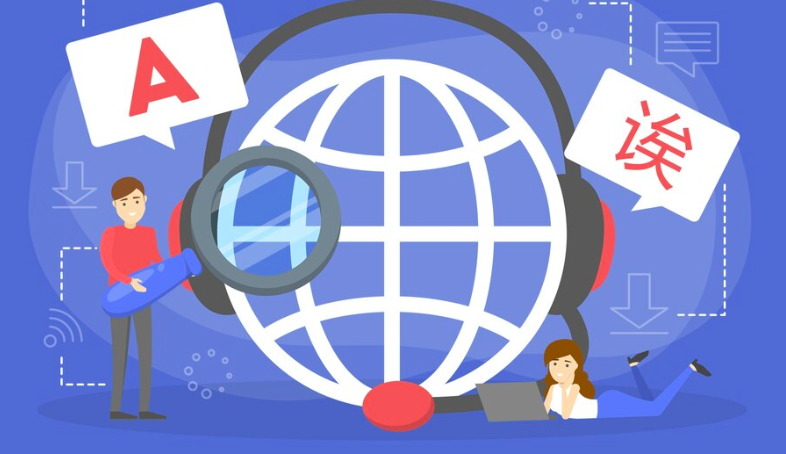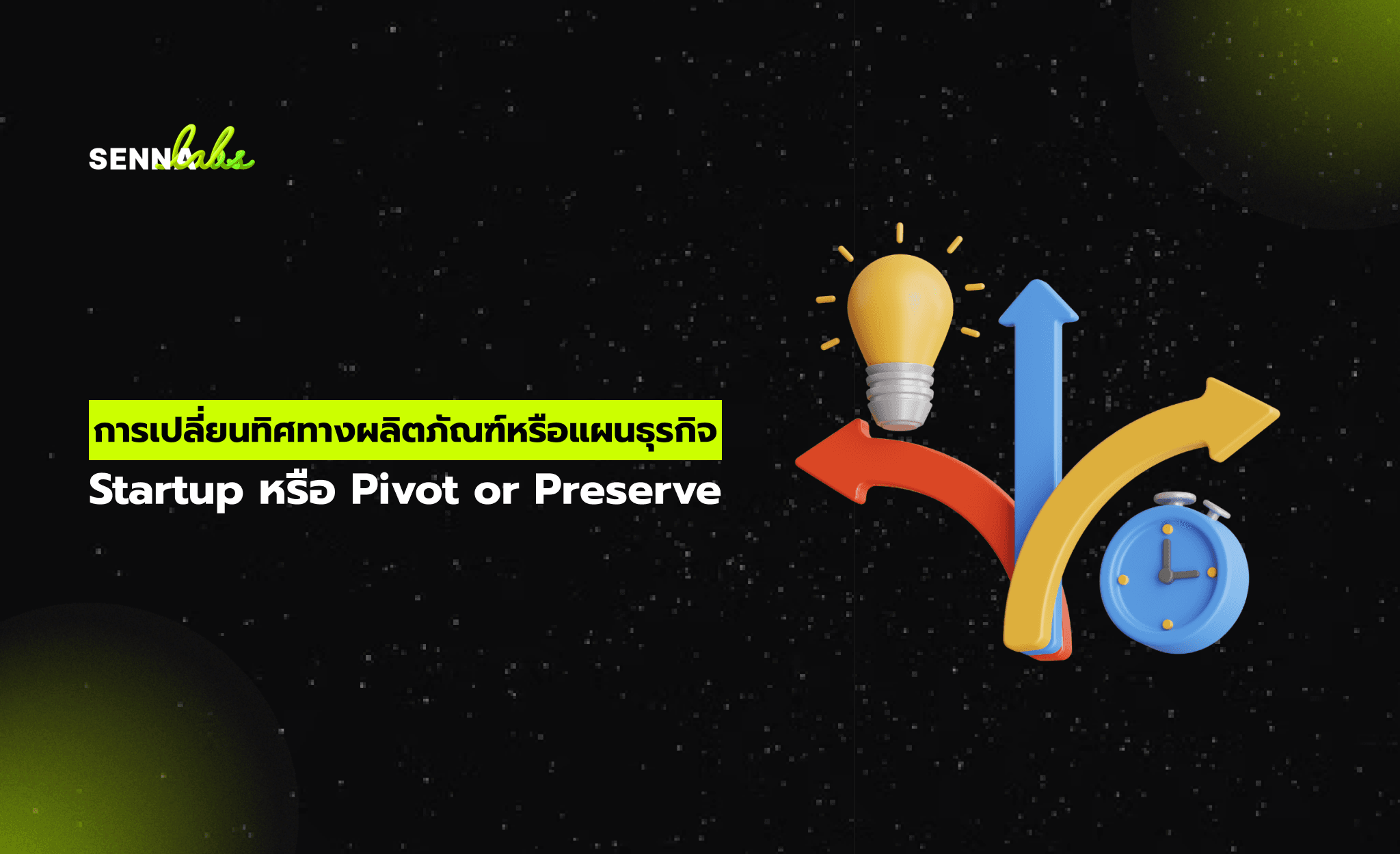Multilingual SEO Best Practices for Global Reach in 2025
Share

As digital businesses continue to expand across borders, reaching audiences in their native languages has never been more critical. But launching a translated website or application is just the beginning. To truly connect with international audiences and perform well in search engines, a robust multilingual SEO strategy is essential.
In 2025, multilingual SEO is more than just about translating words—it's about localizing experience, aligning with user behavior in each market, and communicating effectively across search engines' language-specific algorithms. This article explores the key best practices for multilingual SEO, and how our team successfully applied them to a regional project targeting diverse demographics in Southeast Asia.

Why Multilingual SEO Matters
In regions like Southeast Asia, language diversity is vast. One-size-fits-all content fails to resonate. If users can't find your content in their own language—or if the search engine doesn’t correctly index it—your brand loses visibility and trust.
Moreover, with Google’s AI enhancements like MUM (Multitask Unified Model), search engines are now better at understanding multilingual content, but they still rely heavily on clean signals from website structures and metadata to serve the right content to the right audience.
Best Practices for Multilingual SEO in 2025
1. hreflang Implementation
One of the most important technical signals for multilingual SEO is the use of hreflang tags. These tell search engines which language and regional version of a page to show to users based on their location and language settings.
Correct hreflang implementation avoids duplicate content issues and ensures that your content is displayed appropriately in regional SERPs. It’s especially useful for websites with similar content across languages or dialects, such as English (US), English (UK), and English (Singapore).
2. Translation vs. Localization
Direct translation is rarely enough. Cultural nuances, idiomatic expressions, and local context matter. Localization means adjusting tone, imagery, and even content structure to better suit each audience.
For example, in Thailand, formality and hierarchy influence UX copy tone, while in Malaysia or Singapore, a more casual approach may resonate better. It’s not just about accuracy—it’s about relevance.
3. Consistent URL Structures
Use clear, consistent URL structures for language versions (e.g., domain.com/th/, domain.com/en/, domain.com/id/). Avoid automatic redirects based on IP detection alone, as this can interfere with indexing and frustrate users.
Subdirectories are preferred for easier analytics and site maintenance. Avoid using cookies or JavaScript-based solutions that search engines can’t easily crawl.
4. Local Keyword Research
Different markets use different terminology, even when speaking the same language. Don’t assume keywords that work in English will be effective in Thai or Vietnamese. Use native keyword research tools and consult with local experts to understand what users actually search for.
This applies to everything from product names to long-tail search queries and question formats.
5. Multilingual Content Automation
In large-scale platforms, manual translation can be costly and slow. AI-powered translation tools—when guided by human editors—offer a scalable way to manage content in multiple languages.
Automation can be particularly useful for UI elements, error messages, product descriptions, and metadata. However, human oversight remains essential for core marketing content.
Real-World Application: Localizing a Smart Lifestyle App Across SEA
A recent mobile application project focused on intelligent living solutions aimed to serve users across multiple Southeast Asian countries. The core product offered features like smart home integration, lifestyle planning, and real-time updates—all in a visually rich, responsive app.
Our challenge was to ensure that users in Thailand, Malaysia, and Indonesia could easily navigate and understand the content in their own language, and that each version would rank well in local search engines.
Here’s how we approached multilingual SEO for the project:
-
Created separate content directories for each language, mapped with correct hreflang annotations.
-
Localized in-app content, FAQs, and onboarding flows based on local UX expectations and cultural norms.
-
Conducted separate keyword research for Thai, Bahasa Malaysia, and Bahasa Indonesia to ensure relevance.
-
Enabled region-specific meta titles and descriptions to increase organic click-through rates.
-
Collaborated with local translators and cultural consultants to ensure accuracy and tone alignment.
The results:
-
App downloads increased by 44% across SEA markets.
-
Organic impressions and ranking for localized keywords improved significantly within 8 weeks of launch.
-
User engagement metrics—such as time on screen and feature usage—improved due to better comprehension and navigation.
This multilingual SEO strategy helped the app resonate with users on a cultural level, while also satisfying technical requirements for visibility across Google and regional search engines.
Final Thoughts
Multilingual SEO is both an art and a science. It requires technical rigor, cultural understanding, and consistent optimization. In 2025, businesses aiming for global reach must go beyond translations and invest in full localization strategies that improve visibility, engagement, and trust in every market they serve.

Share

Keep me postedto follow product news, latest in technology, solutions, and updates
Related articles
Explore all


